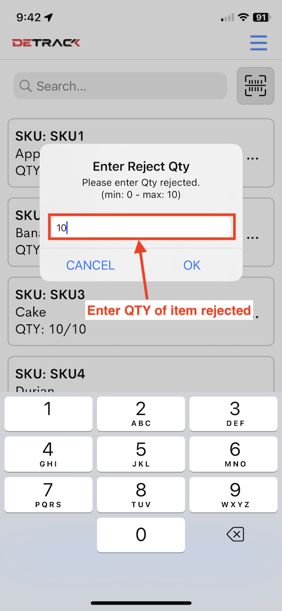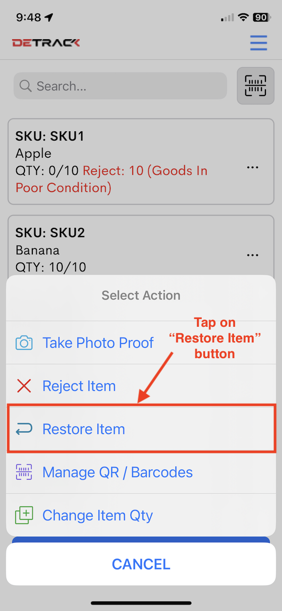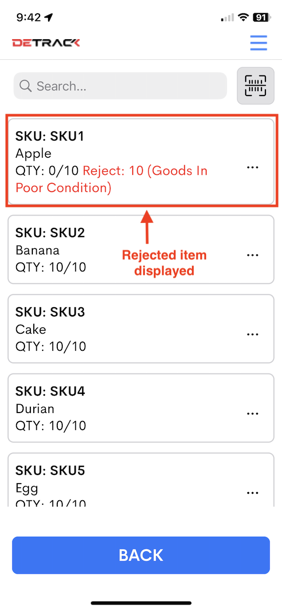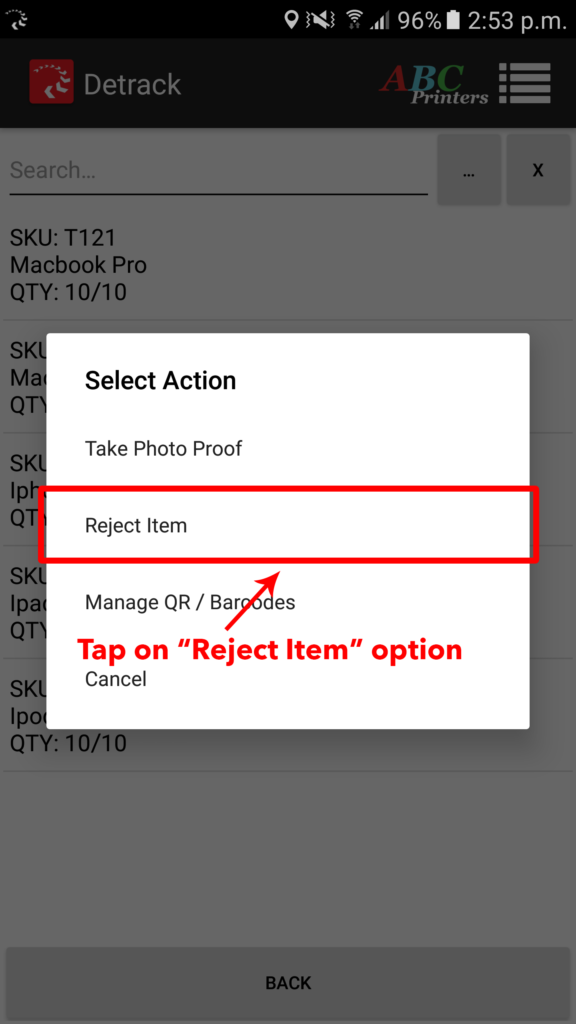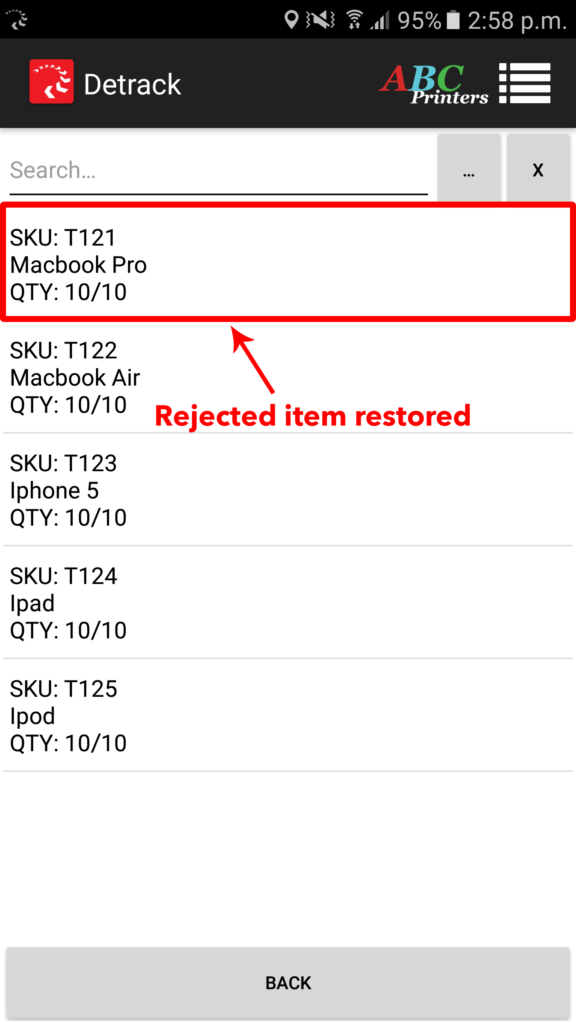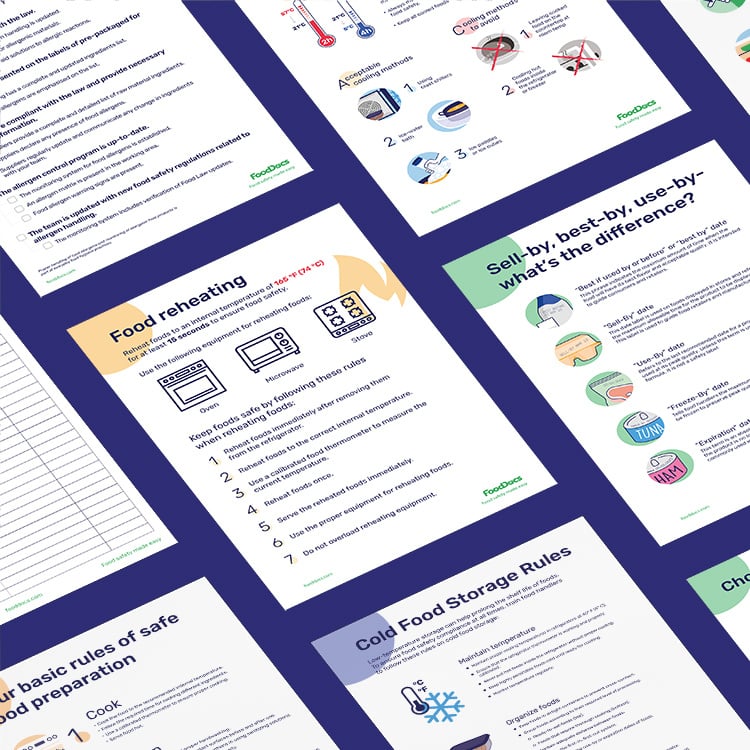What Item Should Be Rejected Upon Delivery

In the age of e-commerce dominance, the thrill of online shopping is often tempered by the anxiety of receiving a damaged or incorrect delivery. While most packages arrive without incident, knowing when to refuse a delivery can save you time, money, and considerable frustration. But what exactly constitutes a rejectable delivery, and how can consumers navigate this often-confusing process?
This article delves into the critical aspects of delivery acceptance, outlining specific items and situations where outright rejection is the most prudent course of action. We'll explore the common pitfalls of accepting damaged goods, the legal ramifications of accepting incorrect orders, and provide expert advice on how to protect yourself as a consumer. Understanding your rights and knowing the red flags are crucial in ensuring a smooth and satisfactory online shopping experience.
Damaged Goods: A Clear Case for Rejection
Perhaps the most obvious reason to reject a delivery is visible damage. This includes crushed boxes, tears, dents, water damage, or any other indication that the item inside has been compromised.
According to the Parcel Shippers Association (PSA), visible damage is often the first sign of mishandling during transit. Accepting a visibly damaged package makes it significantly harder to file a successful claim later.
Identifying Concealed Damage
Sometimes, damage isn't immediately apparent. This is known as concealed damage and can be particularly tricky to address. However, if upon immediate inspection *after* accepting the package, you discover damage, it's crucial to document it thoroughly with photos and contact the seller and the carrier immediately.
While rejecting a visibly damaged package is preferable, prompt reporting of concealed damage is the next best course of action. Many carriers have strict time limits (often 24-48 hours) for reporting such issues, as stated in their service agreements.
Incorrect Orders: Not What You Paid For
Receiving the wrong item, whether it's the wrong size, color, model, or an entirely different product, is another valid reason for rejection. Accepting an incorrect order implies agreement with the substitution, which can complicate returns and refunds.
The Federal Trade Commission (FTC) protects consumers against receiving unordered merchandise. If you receive something you didn't order, you are legally entitled to keep it as a free gift. However, if you *did* order something and received the incorrect item, you have the right to reject it.
Partial Orders and Missing Items
If your order arrives incomplete, with missing items that were clearly listed on the invoice, you also have grounds for rejection. Note this immediately with the delivery person.
Document everything meticulously. A clear photograph of the invoice alongside the delivered items will serve as evidence when contacting the seller and potentially filing a claim.
Refusing Delivery: Best Practices
Rejecting a delivery should be done politely but firmly. Clearly state to the delivery person why you are refusing the package, citing the damage or incorrect contents.
Whenever possible, obtain a written confirmation from the delivery person acknowledging the refusal and the reason for it. This documentation is invaluable in subsequent communications with the seller.
If the delivery person refuses to take the package back or pressures you to accept it, contact the shipping company's customer service immediately. Explain the situation and request further instructions.
"Never feel pressured to accept a package you are not comfortable with," advises Lisa Ramirez, a consumer protection lawyer. "Your rights as a consumer are paramount, and you have the right to refuse delivery of damaged or incorrect goods."
High-Value Electronics and Fragile Items
Items like televisions, computers, and other delicate electronics are particularly vulnerable to damage during shipping. Always inspect these items thoroughly *before* signing for them.
If possible, request that the delivery person wait while you unpack and inspect the item. Many reputable retailers and carriers understand and accommodate this request.
For fragile items like glass or ceramics, even minor external damage to the packaging should raise a red flag. Refusing the delivery can save you the hassle of dealing with broken or unusable products.
The Future of Delivery Acceptance
As e-commerce continues to evolve, so too will the processes surrounding delivery acceptance. Experts predict increased use of technology, such as AI-powered damage detection and improved packaging materials, to reduce the incidence of damaged goods.
Furthermore, consumer education campaigns are crucial to empower shoppers with the knowledge and confidence to assert their rights. A well-informed consumer is better equipped to navigate the complexities of online shopping and ensure a positive delivery experience.
By understanding when and how to refuse a delivery, consumers can protect themselves from financial loss and frustration. Being vigilant and informed is key to a successful and satisfying online shopping journey.
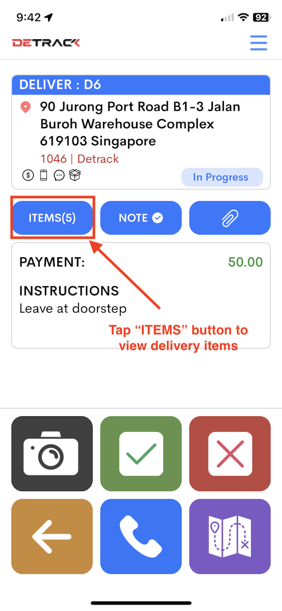

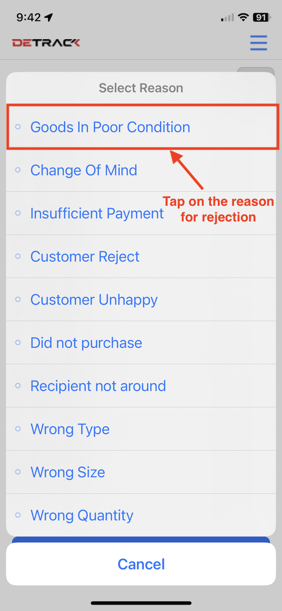
.jpg)

